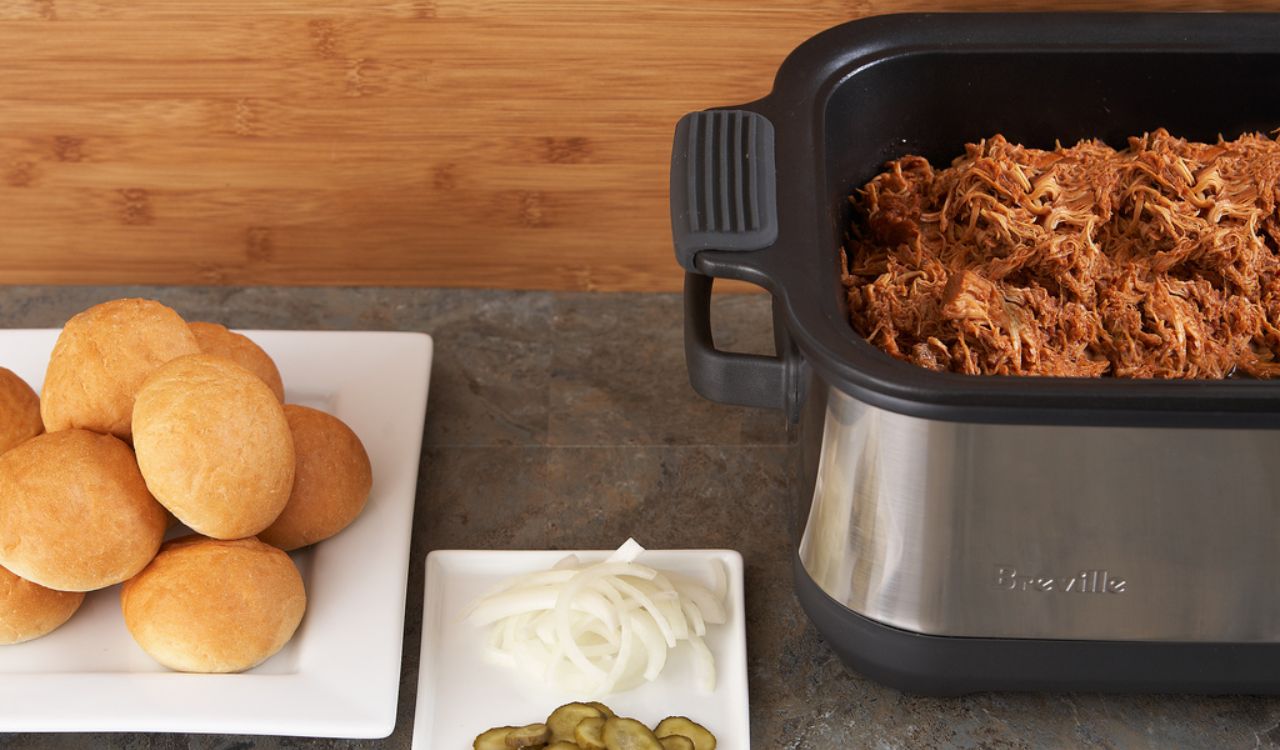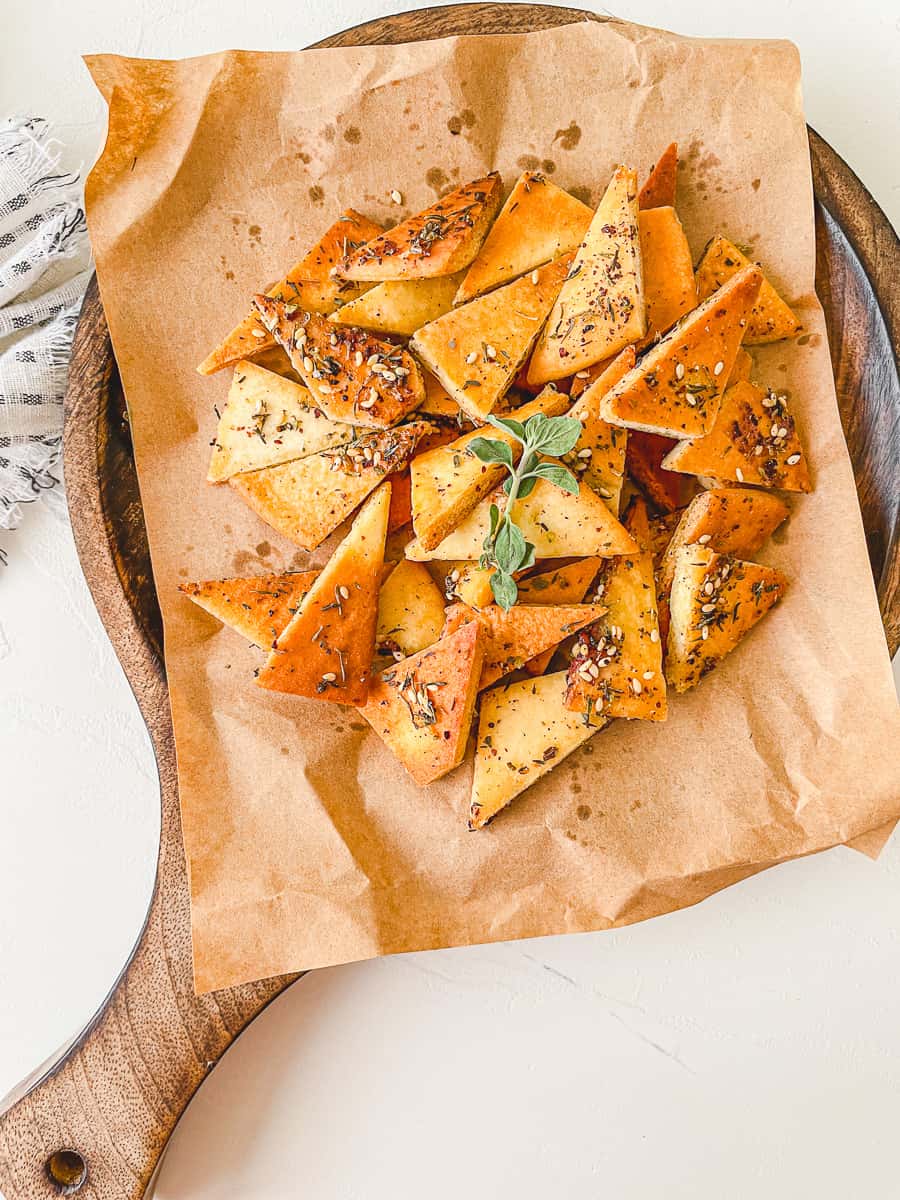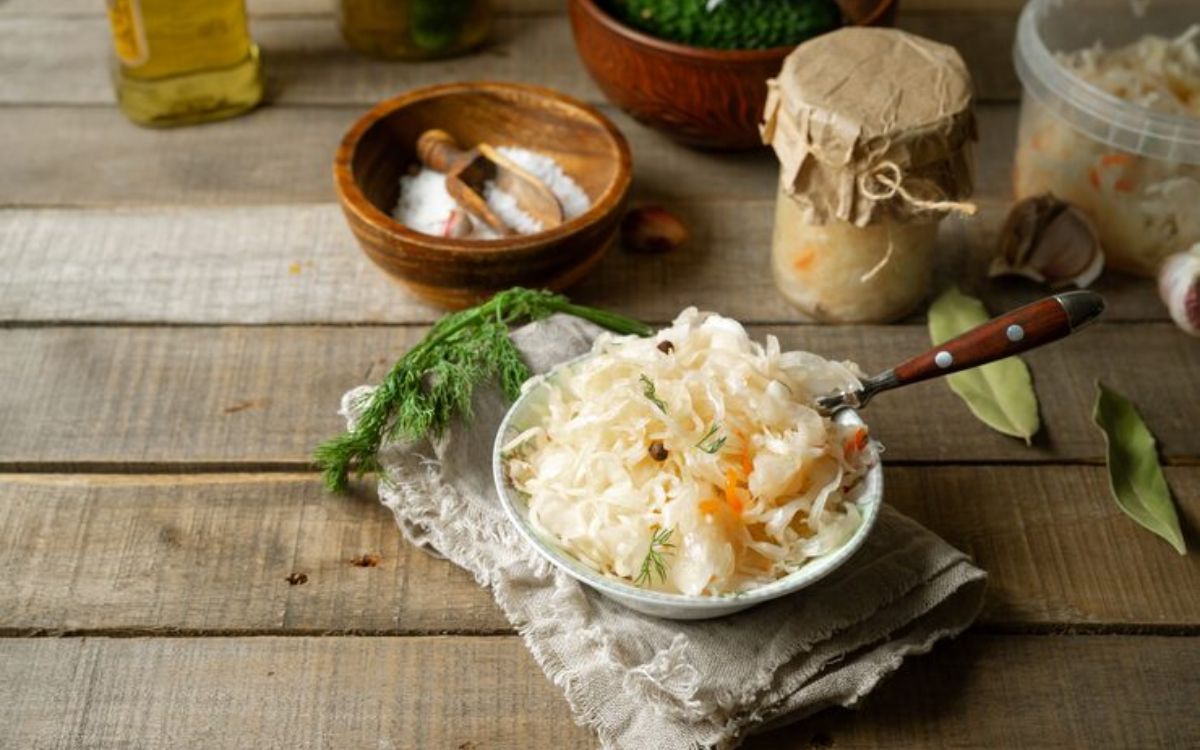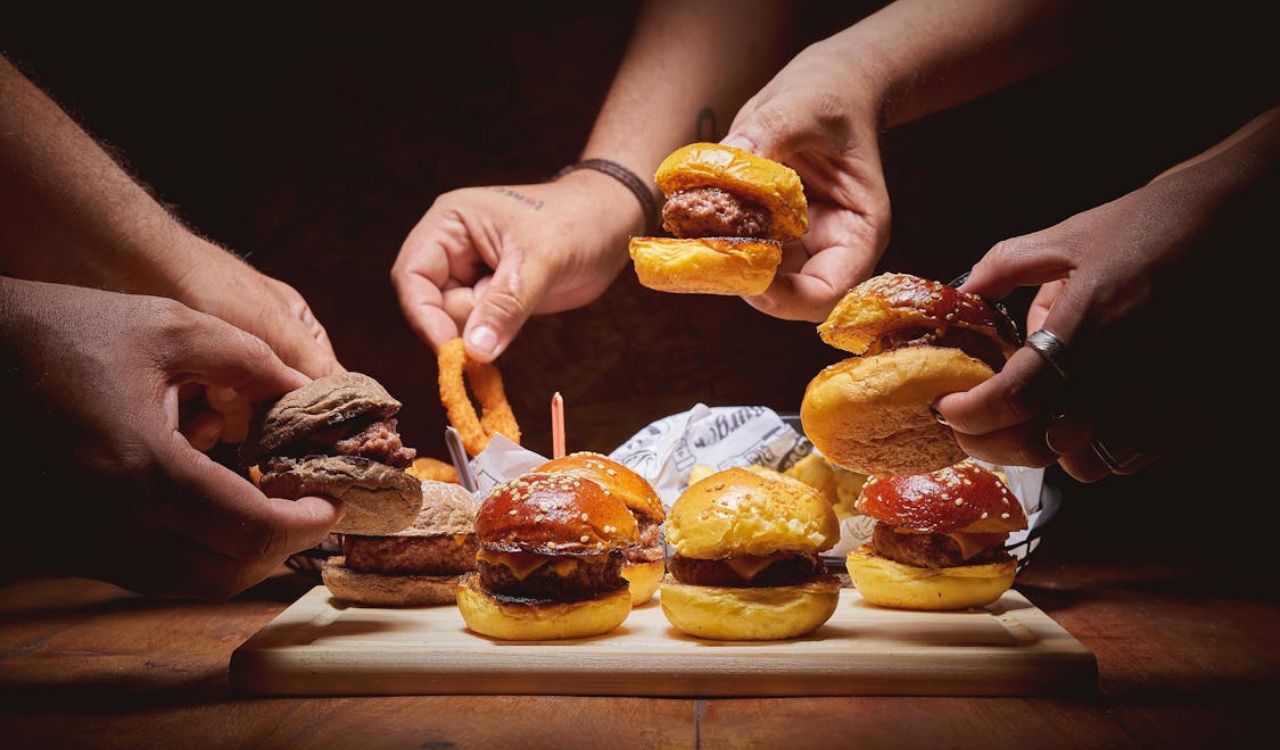10 Regional American Dishes You Probably Haven’t Tried Yet
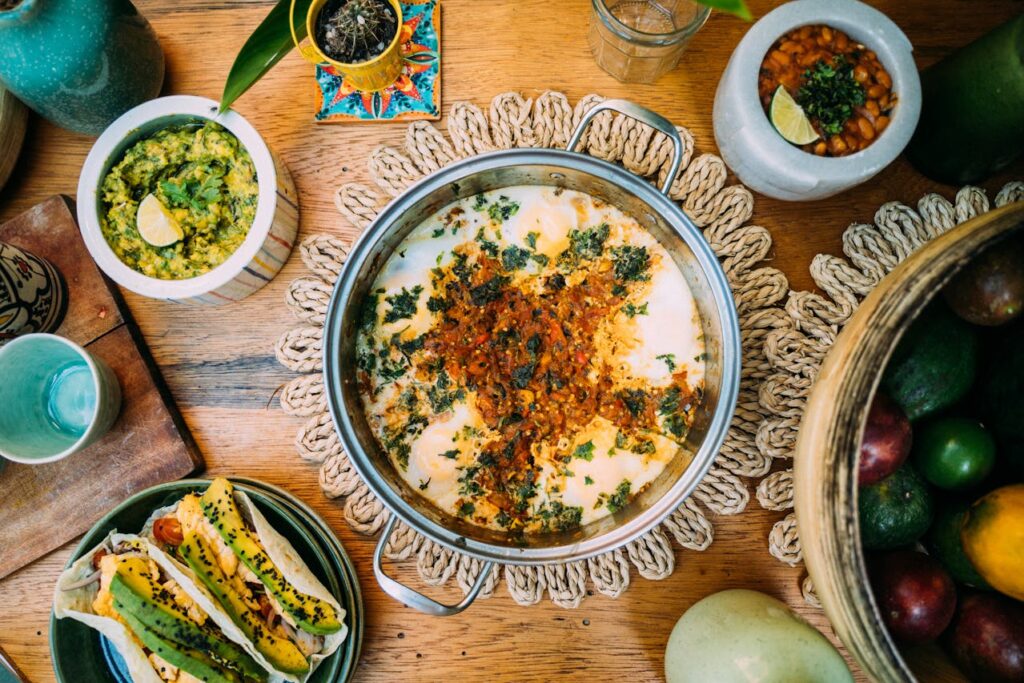
America’s food culture is often reduced to burgers, barbecue, or pizza, but that only scratches the surface. Across the country, small towns and immigrant communities have shaped dishes that rarely appear on national menus yet carry deep cultural roots. Some are simple and comforting, others bold and unexpected, but all tell a story of local pride and tradition. These 10 regional American dishes highlight the incredible variety, history, and creativity found in everyday kitchens across the country.
1. Runza, Nebraska
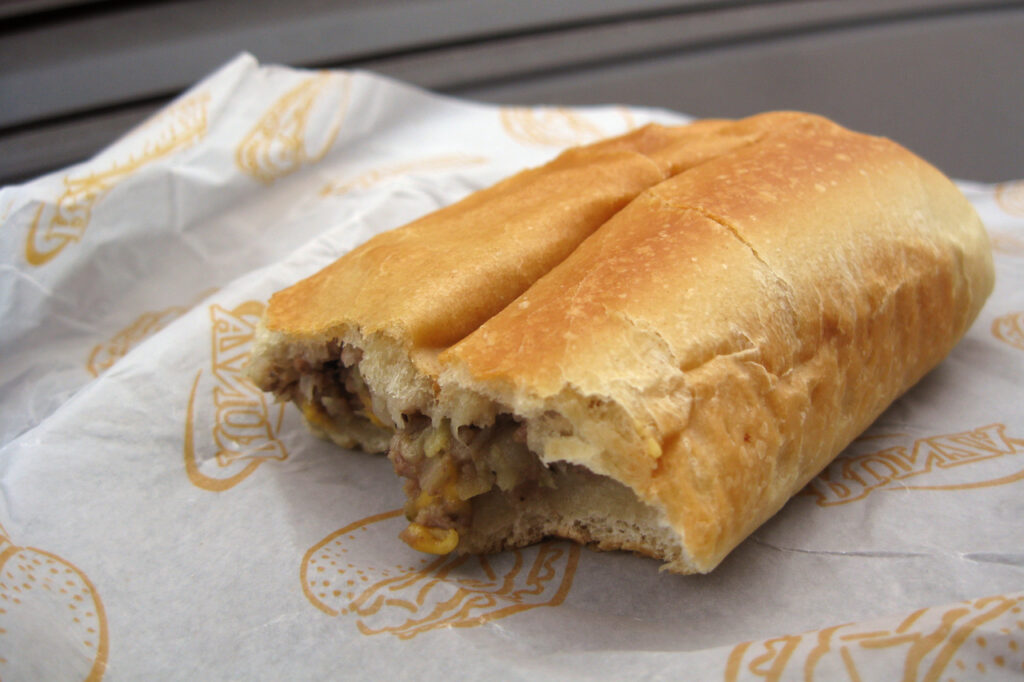
If you’ve never had a Runza, think of a hand-held bread pocket stuffed with beef, onions, and cabbage. This Eastern European-inspired dish came to Nebraska with German-Russian immigrants and has become a staple in the state. The bread is slightly sweet, the filling savory, and the whole thing hearty enough to count as a full meal. While chain restaurants in Nebraska serve them widely, homemade versions carry the real charm, with recipes passed down in families. It’s the kind of food that’s both filling and tied to immigrant heritage, making it stand out in America’s regional food map.
2. Hot Brown, Kentucky
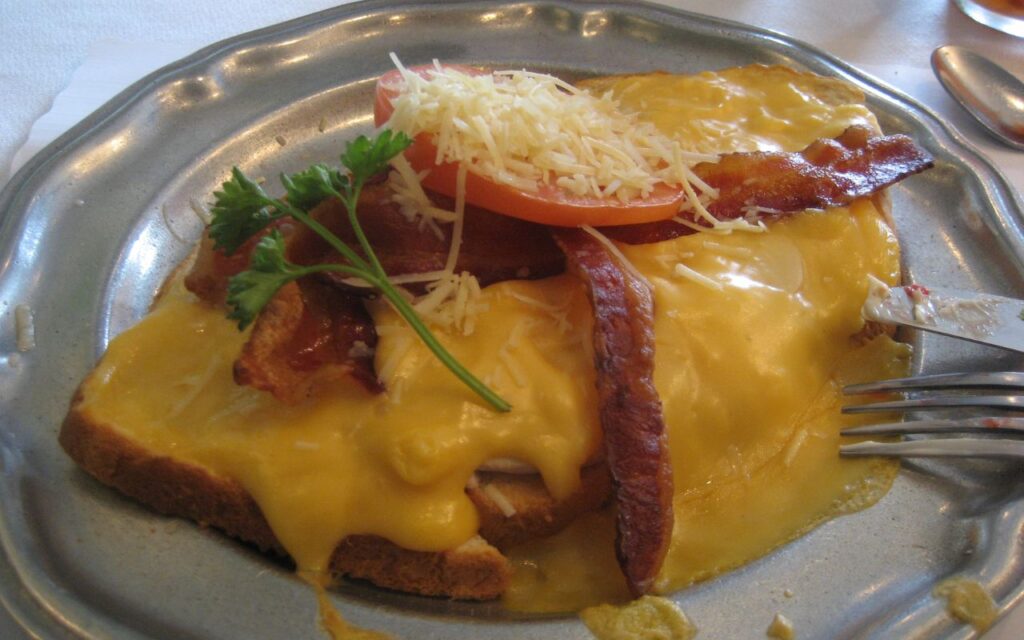
The Hot Brown isn’t your typical open-faced sandwich. Created in the 1920s at Louisville’s Brown Hotel, it layers turkey and bacon on toast, smothered in a rich Mornay sauce, and finished under the broiler until bubbly and golden. It was designed as late-night fuel for hotel guests after dancing, but it’s since become a regional classic. The contrast of creamy sauce, smoky bacon, and crisp bread makes it decadent and memorable. When you taste it, you immediately get why it’s survived nearly a century and why Kentuckians proudly keep it alive.
3. Goetta, Ohio
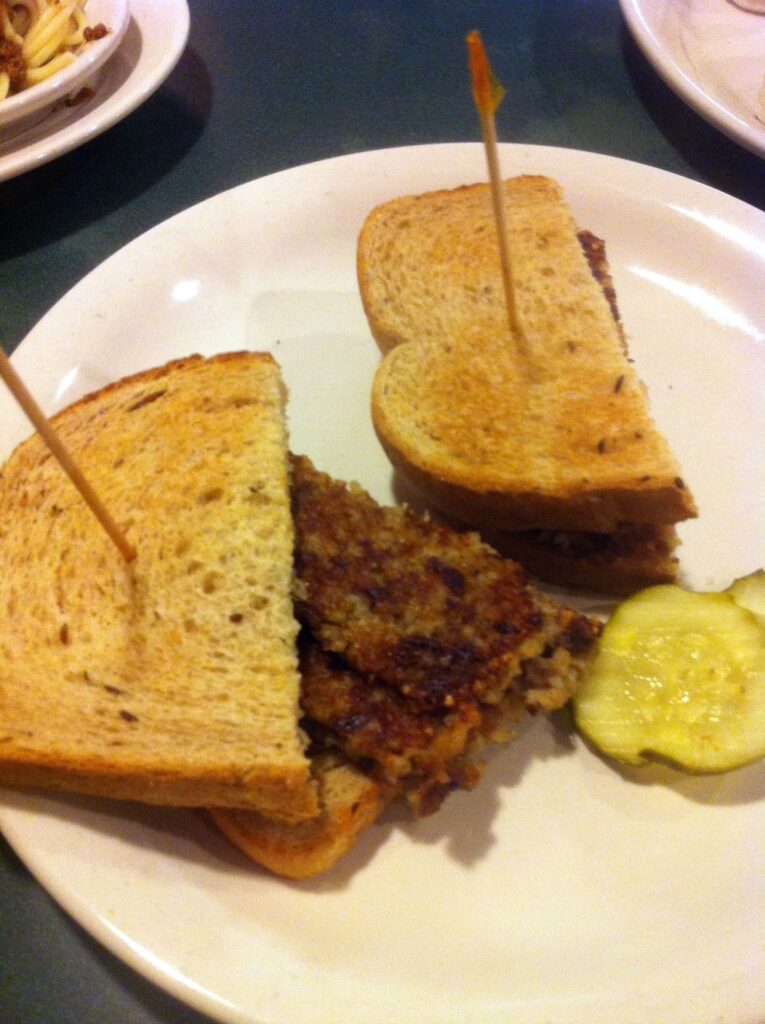
Goetta is a German-American specialty that thrives in Cincinnati and nearby areas. It’s a savory mixture of pork, beef, oats, onions, and spices, formed into a loaf, sliced, and pan-fried until crisp on the outside and tender inside. Brought by German immigrants in the 19th century, it was designed as a way to stretch meat while creating a hearty, filling meal. Today, you’ll find it at diners, breakfast spots, and festivals. The oats give it a unique texture and nutty flavor that sets it apart from typical sausages. For locals, goetta isn’t just breakfast-it’s tradition served hot from the skillet.
4. Lefse, North Dakota
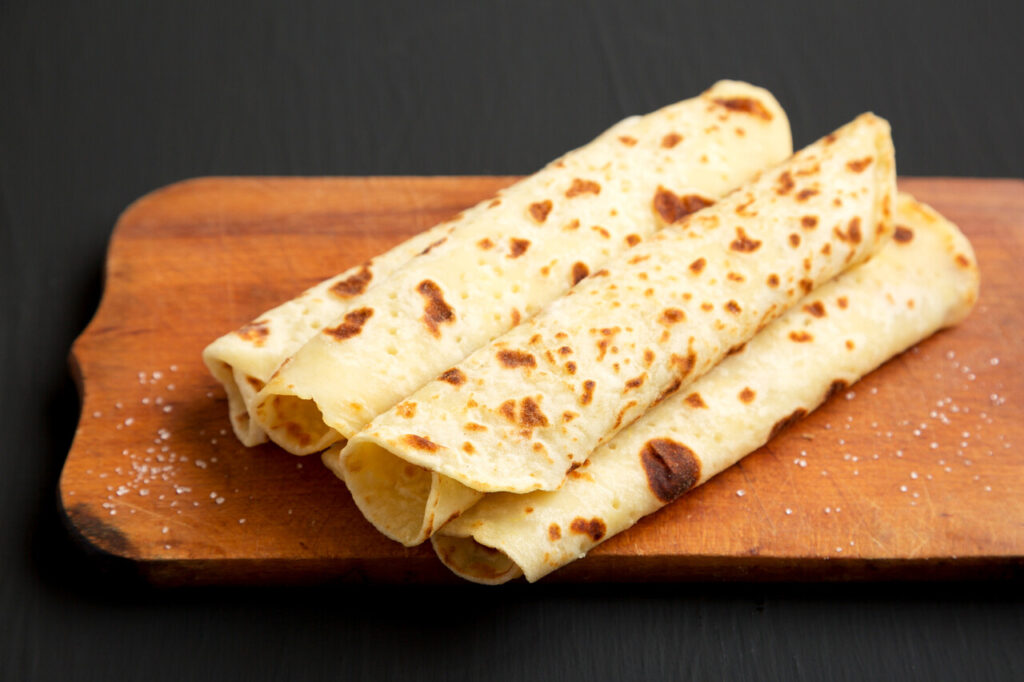
Lefse is a soft, Norwegian-style flatbread made with potatoes, flour, butter, and cream, cooked on a griddle and rolled thin. Traditionally, it’s spread with butter and sugar, then rolled up like a delicate wrap. Scandinavian immigrants brought it to North Dakota, where it’s still part of holiday tables and community gatherings. Making it often involves a whole family, with special rolling pins and griddles passed down through generations. While simple in ingredients, the taste is comforting, tender, and lightly sweet, showing how immigrant traditions can shape a state’s food identity.
5. Chislic, South Dakota
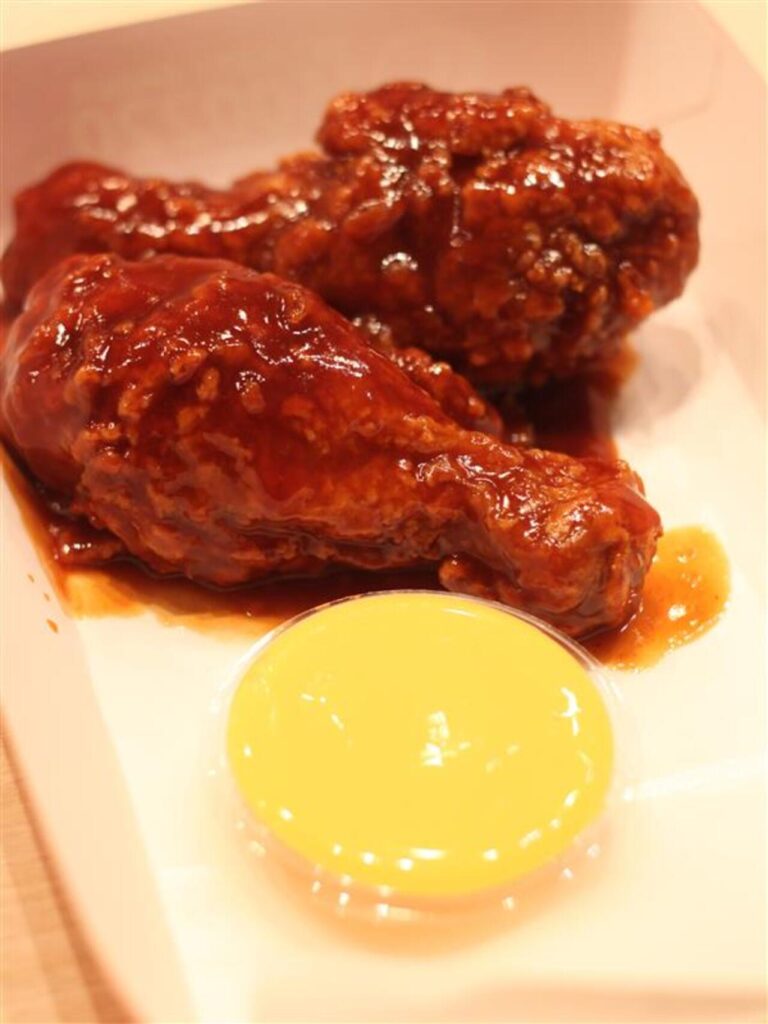
Chislic is all about skewered, deep-fried cubes of meat, usually lamb or beef, seasoned simply with garlic salt. Brought over by German-Russian immigrants, it became a social dish in South Dakota, often served at bars or gatherings with crackers or bread. It’s hearty, straightforward, and best eaten hot from the fryer with friends. The tradition of sharing chislic is so tied to local culture that the state even declared it the official nosh. It may sound humble, but it’s a dish that thrives on simplicity and community connection.
6. Burgoo, Kentucky
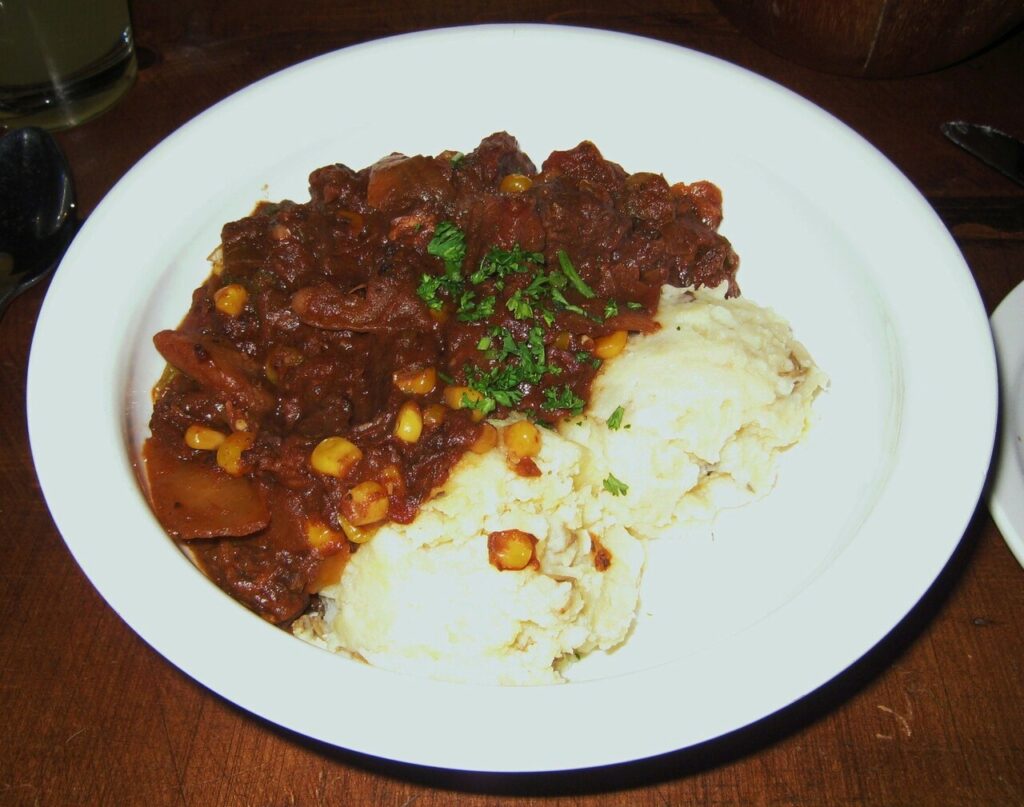
Burgoo is a thick, stew-like dish that feels like a whole community in a pot. Traditionally made with whatever meat was available, often mutton, pork, or chicken, alongside corn, beans, and root vegetables, it was cooked outdoors in huge kettles for social events. Kentucky still celebrates burgoo at fairs and gatherings, where the recipes are guarded but the servings are generous. The flavor is rich, smoky, and layered, a reflection of slow cooking and communal spirit. If you want to understand Kentucky food beyond bourbon and fried chicken, burgoo is the dish to try.
7. Gerber Sandwich, Missouri
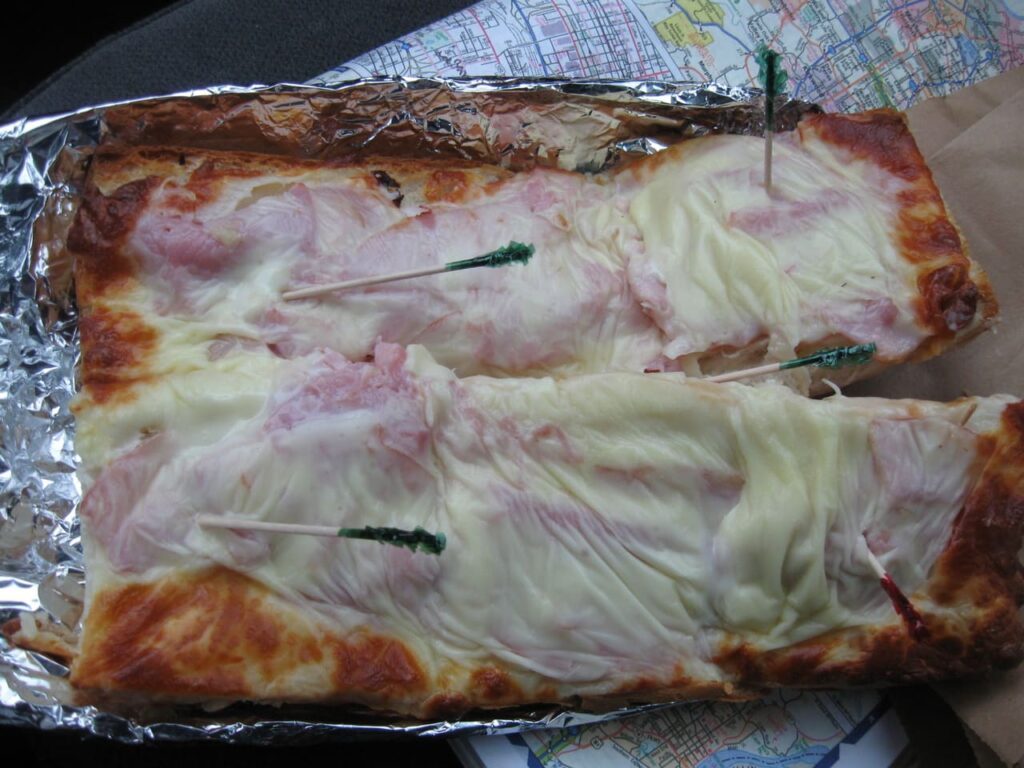
The Gerber Sandwich comes from St. Louis, and it’s proof that simple can be unforgettable. It starts with Italian or French bread topped with garlic butter, ham, and Provel cheese, then toasted until melty and golden. Named after a local customer at Ruma’s Deli who ordered it this way, the sandwich caught on and became a city favorite. The magic lies in the Provel cheese, a local staple with a creamy, smoky flavor. It’s not a complicated recipe, but it’s one of those regional foods you crave once you’ve tried it.
8. Cheese Frenchee, Nebraska
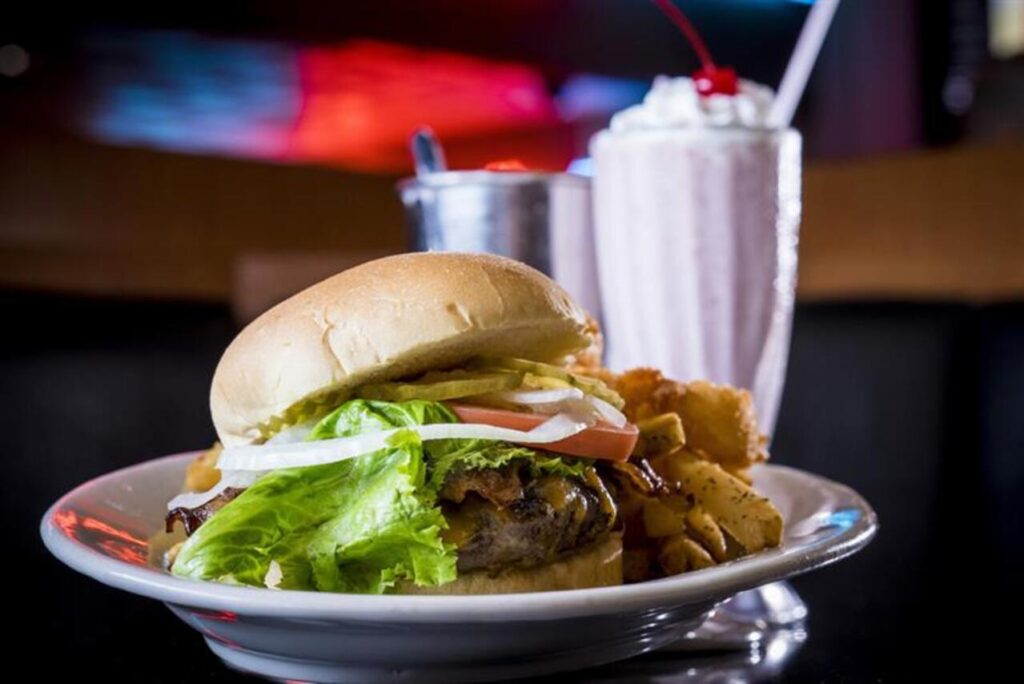
Few foods scream local nostalgia like the Cheese Frenchee, a fried cheese sandwich that became popular in Nebraska in the mid-20th century. Made with American cheese between slices of bread, the sandwich is dipped in an egg batter, coated in crushed cornflakes, and deep-fried until crisp and gooey inside. It was once a staple at drive-ins and still pops up at diners. The crunch of the coating with the molten cheese inside makes it irresistible. It’s a playful spin on grilled cheese that never really spread beyond its home state.
9. Indian Fry Bread, Southwest
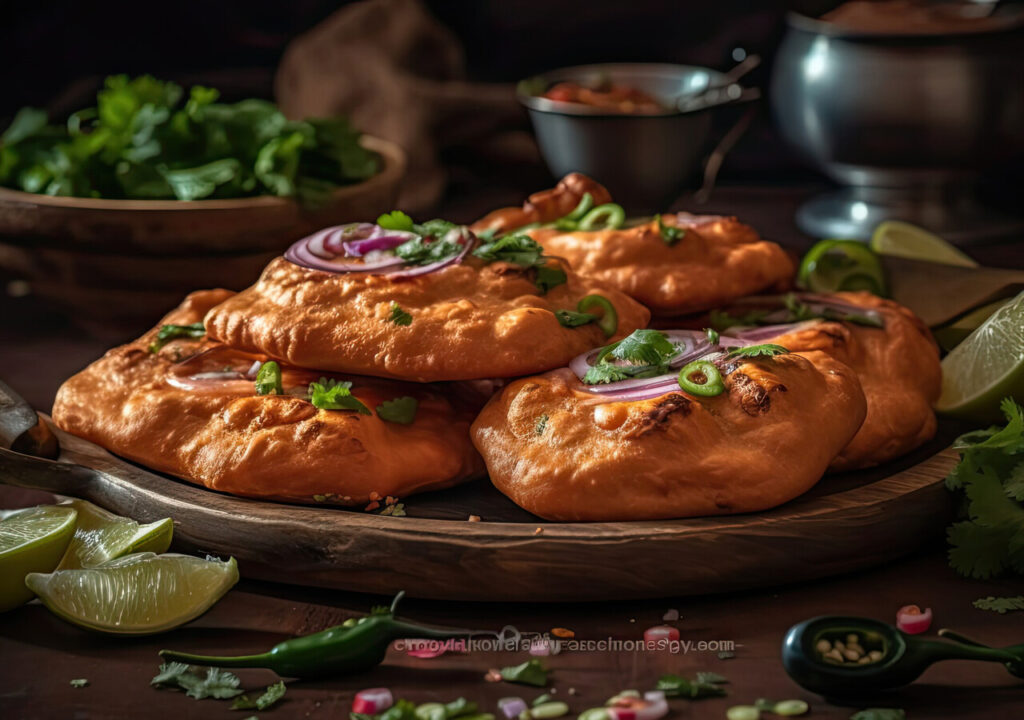
Indian Fry Bread carries both history and controversy. It was created when Native American tribes were forced to make do with government rations of flour, sugar, and lard. The result was a puffy, golden bread fried in oil. Over time, it became a base for dishes like “Indian tacos,” piled with beans, meat, and cheese. While some see it as a symbol of survival and adaptation, others view it as a reminder of forced hardship. Either way, its taste crispy on the outside, soft inside makes it unforgettable, and it remains central to many Native communities’ food traditions.
10. Pepperoni Rolls, West Virginia
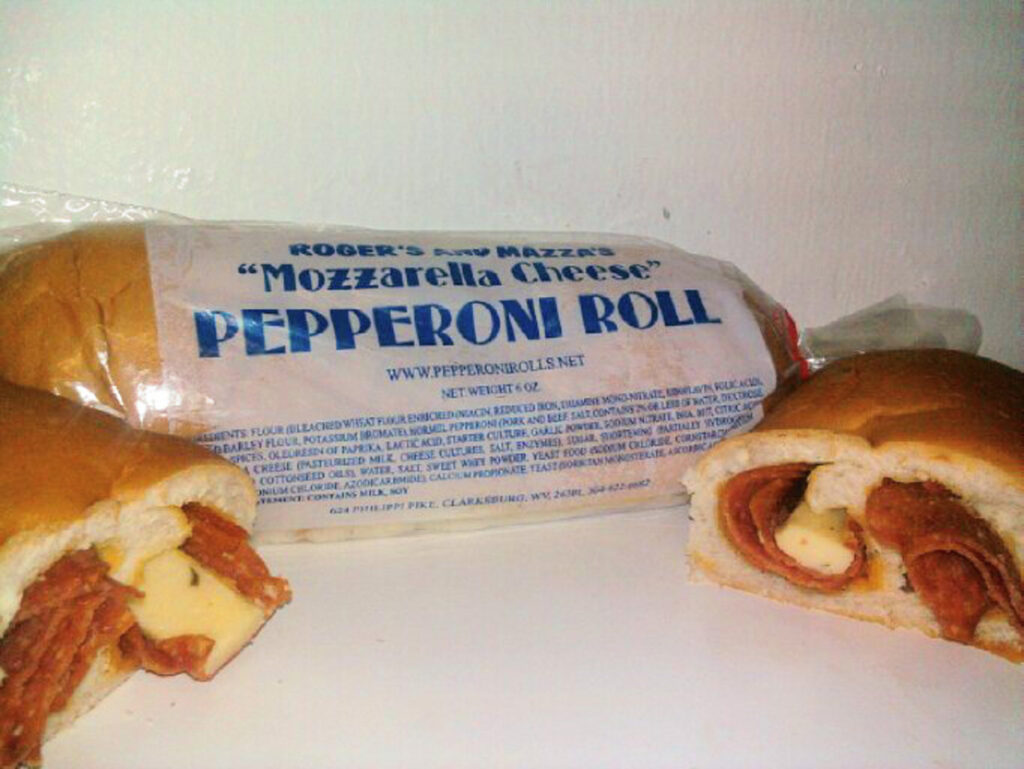
Pepperoni rolls are portable, filling, and tied to coal miner culture in West Virginia. Developed as an easy lunch, they consist of soft white bread baked around sticks of pepperoni, which release oils into the dough as they cook. The result is a savory, slightly greasy, and deeply satisfying snack. They became popular in the 1920s and are still sold in bakeries, convenience stores, and school cafeterias across the state. Bite into one, and you’ll taste not just bread and pepperoni, but a piece of West Virginia’s working-class history.



